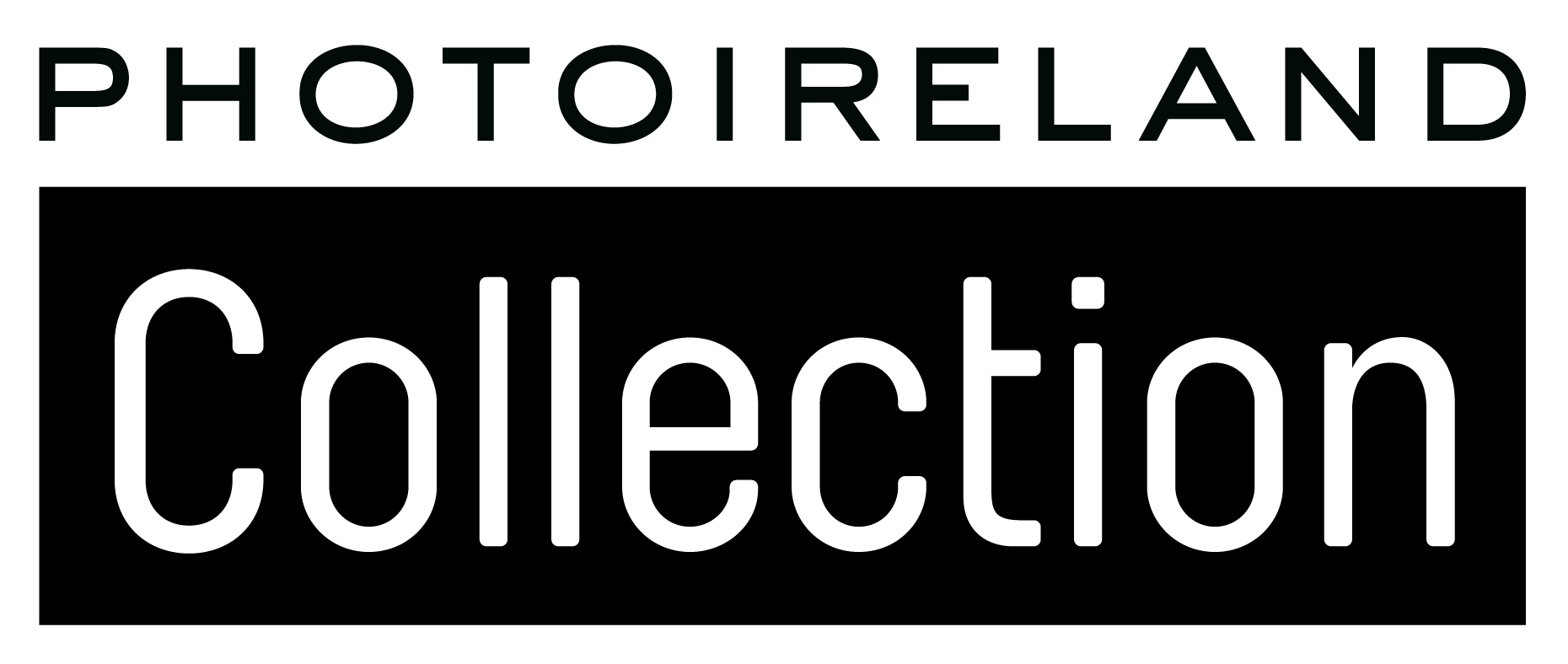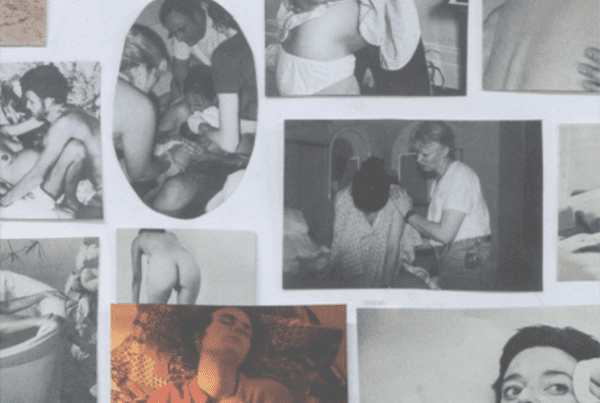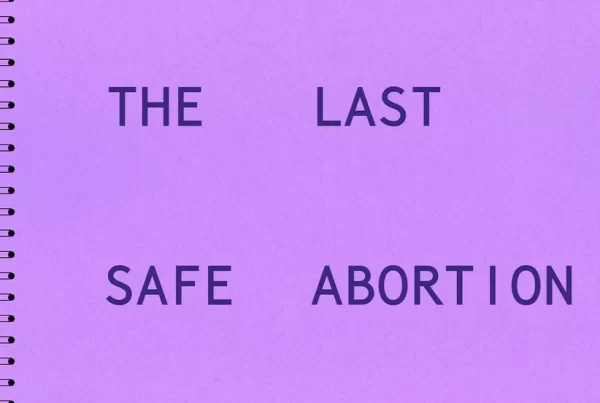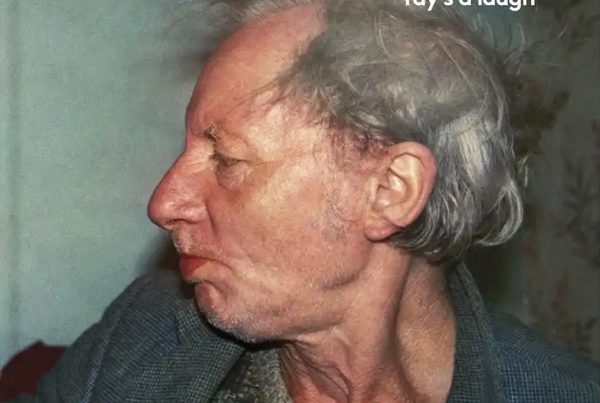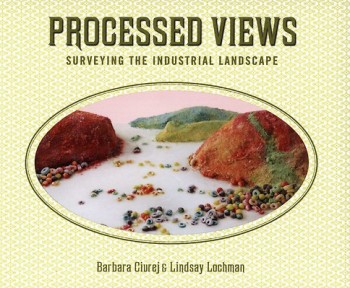
 Processed Views: Surveying The Industrial Landscape
Processed Views: Surveying The Industrial Landscape
Barbara Ciurej and Lindsay Lochman
Self-Published
English
Softcover
11 individual postcards in a die-cut case
150 x 190 mm
2014
ISBN Not available
‘Processed Views interprets the frontier of industrial food production: the seductive and alarming intersection of nature and technology. As we move further away from the sources of our food, we head into uncharted territory replete with unintended consequences for the environment and for our health.
In our commentary on the landscape of processed foods, we reference the work of photographer, Carleton Watkins (1829-1916). His sublime views framed the American West as a land of endless possibilities and significantly influenced the creation of the first national parks. However, many of Watkins’ photographs were commissioned by the corporate interests of the day; the railroad, mining, lumber and milling companies. His commissions served as both documentation of and advertisement for the American West. Watkins’ images upheld the popular 19th century notion of Manifest Destiny – America’s bountiful land, inevitably and justifiably utilized by its citizens.
We built these views to examine consumption, progress and the changing landscape.’
About the Artist
Barbara Ciurej is a Chicago-based photographer and graphic designer. She has a BS in Visual Communications from the Institute of Design+Illinois Institute of Technology. Ever looking to the art historical past to invoke order and harmony, her search for narratives to explain how we got here has fueled 30+ years of making pictures.
Lindsay Lochman is a Milwaukee-based photographer and lecturer at the University of Wisconsin /Milwaukee. She received her MS in Visual Communications at the Institute of Design+Illinois Institute of Technology. In her quest to organize the natural world, she is inspired by the intersection of science, history and the unconscious.
Our collaborative practice began from our work at the Institute of Design and developed in the alternative art world of the 1980s. We were asking the same questions about finding our place in the world and using photography to examine those questions. On a practical level, working with a collaborator provides critique, a willing model, a road trip companion, an assistant, an editor. On a conceptual level, it challenges the notion of the primacy of the individual artist’s vision, the artist/model relationship, and ownership of the final work. Collaboration opens the possibility of moving beyond personal stories and into the realm of collective experience. It has been the core of our practice and mirrors the fluid and mutable ways of storytelling traditions.
Depending on the project, we shoot together or separately and when necessary, model. Each body of work evolves through research and debate, editing and compromise. To bridge the distance between two cities, we rely on virtual communication, our online notebooks as well as studio practice.
Over the years, we have been fortunate to be part of communities where the exchange of ideas rooted in collective action fostered our own process: Artemisia Gallery, The Dinner Party Project in Chicago and Ragdale Foundation.
ciurejlochmanphoto.com
